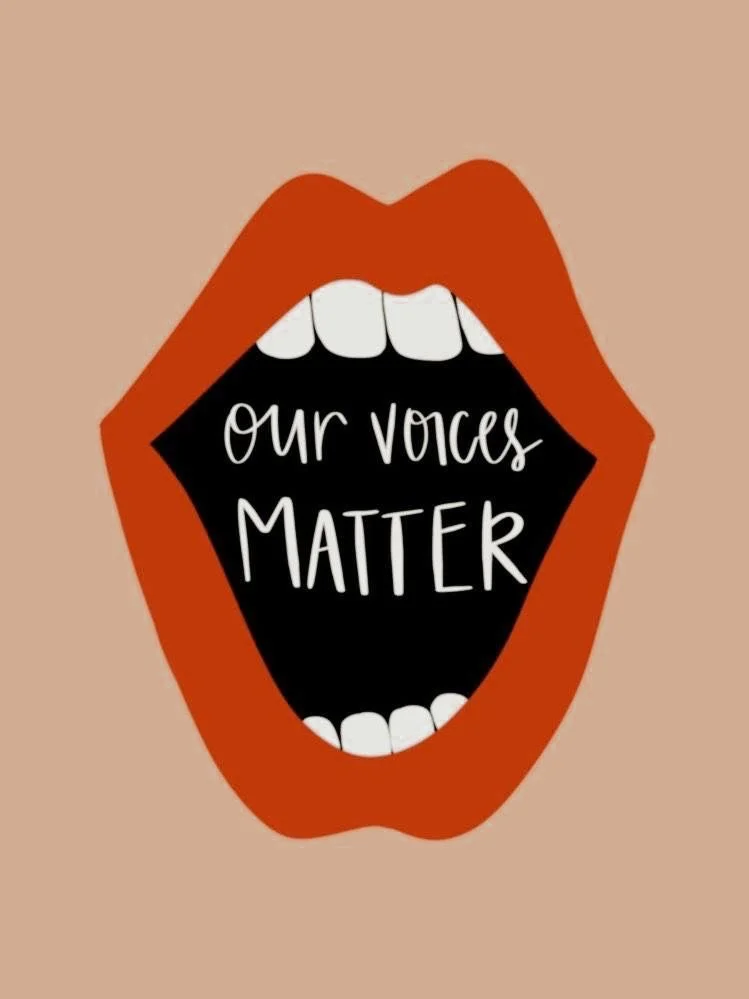PERIOD- POINT- POWER
This is the platform for bold conversations, groundbreaking research, and youth-led advocacy transforming reproductive health equity.

2026 Preview: The Most Promising Reproductive Health Innovations Coming Soon
After more than 60 years of waiting, 2026 will finally bring men new contraceptive options beyond condoms and vasectomy. Plan A, a reversible injectable contraceptive, is expected to launch to the public, while hormonal gels completing Phase 2 trials show 86% effectiveness. Meanwhile, artificial intelligence is revolutionizing IVF with embryo selection algorithms that predict success with "surprising accuracy," potentially breaking through the decades-long 30% success rate plateau. Ovarian rejuvenation therapies using women's own blood are helping previously menopausal patients conceive with their own eggs, while 3D-printed artificial ovaries show promise in animal trials. From on-demand male birth control pills to AI-powered fertility treatments, 2026 represents a watershed moment when experimental technologies become clinical reality; finally offering reproductive choices and hope to millions who have been waiting for breakthrough innovations in family planning.

AI Is Revolutionizing IVF: What This Means for Fertility Equity
After 18 years of failed fertility treatments, one couple is finally expecting thanks to AI that found three viable sperm in a sample doctors would have considered unusable. This breakthrough represents more than one family's miracle; it signals how artificial intelligence is revolutionizing IVF after decades of stagnant 30% success rates. AI algorithms now predict embryo viability with "surprising accuracy," personalize treatment protocols, and standardize care that once depended entirely on physician experience and luck. But this revolution raises critical equity questions: will AI democratize access to expert-level fertility care, or will expensive new technologies further divide patients into haves and have-nots? The answer depends on how we choose to develop and deploy these powerful tools; ensuring they serve all families building their futures, not just those who can afford the most advanced care

Why Adolescent Health Research Is Finally Focusing on Kids Under 15
After decades of dangerous assumptions, adolescent health research is finally acknowledging a critical truth: 10-14-year-olds aren't just small versions of older teens. The World Health Organization has issued its first-ever research funding call specifically targeting "young adolescents under age 15," marking a revolutionary shift after years of extrapolating findings from 15-19 year olds to younger children.

Why We Need to Stop Whispering About Endometriosis
When people seek help for excruciating period pain, they're told it's "normal" or that they're being "dramatic," creating a vicious cycle where patients internalize the message that their pain doesn't matter. We're not just failing to talk about endometriosis; we're failing the millions of people whose lives are being destroyed while we look the other way. The whispers must become roars, and the silence must end.

From TikTok to Policy: How Youth Are Using Social Media to Transform Reproductive Rights
Across the United States, Generation Z activists are proving that you can go from posting 60-second videos to testifying before state legislatures, from trending hashtags to passing landmark legislation. Their digital-first approach to advocacy is rewriting the rules of political organizing and achieving tangible victories for reproductive justice.